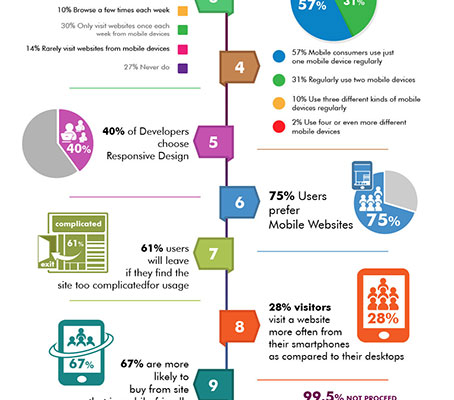The Development Of Website Layout: From Earlier Times To Currently
The Development Of Website Layout: From Earlier Times To Currently
Blog Article
Short Article Developed By-Kahn Bojesen
In the past, web sites were straightforward and focused on details. Navigation was straight, and design was for desktops. Currently, customer experience is vital. Information guides styles for easy navigation. Receptive designs match various tools. Today, dark mode reduces strain, and minimal menus enhance navigation. Interactive functions involve users, and bold visuals stand apart. https://www.searchenginejournal.com/ga4-starter-tips/443767/ improves involvement. See how click here for more has actually developed to boost your online trip.
Very Early Days of Web Design
In the very early days of web design, simpleness preponderated. Internet sites were standard, with minimal shades, fonts, and designs. The focus got on offering information rather than fancy visuals. Users accessed the net through slow-moving dial-up connections, so speed and functionality were crucial.
Navigation menus were straightforward, commonly situated at the top or side of the web page. Web sites were designed for computer, as mobile surfing wasn't yet common. Web content was king, and designers focused on very easy readability over complex layout components.
HTML was the main coding language made use of, and designers needed to work within its constraints. Animations and interactive functions were minimal compared to today's standards. Web sites were static, with little dynamic content or tailored user experiences.
Increase of User-Focused Design
With the development of web site design, a shift in the direction of user-focused design principles has become increasingly popular. Today, developing sites that prioritize individual experience is vital for engaging site visitors and accomplishing company goals. User-focused layout includes recognizing the needs, preferences, and behaviors of your target audience to customize the internet site's layout, material, and features appropriately.
Developers currently perform comprehensive research study, such as user surveys and usability testing, to collect insights and comments directly from customers. This data-driven strategy assists in developing user-friendly navigation, clear calls-to-action, and aesthetically enticing interfaces that reverberate with visitors. By putting the customer at the facility of the style procedure, sites can deliver a more tailored and delightful experience.
Responsive style has actually additionally become a key aspect of user-focused layout, making certain that websites are maximized for various gadgets and screen sizes. This adaptability enhances access and usability, satisfying the varied means users interact with sites today. Fundamentally, the surge of user-focused style signifies a change in the direction of creating digital experiences that focus on the demands and expectations of the end user.
Modern Trends in Website Design
Explore the most up to date trends forming website design today. One noticeable trend is dark mode style, offering a smooth and modern-day appearance while reducing eye stress in low-light environments. An additional vital fad is minimal navigation, simplifying food selections and boosting customer experience by focusing on essential elements. Including micro-interactions, such as animated buttons or scrolling impacts, can create a much more interesting and interactive website. Responsive style continues to be vital, making sure seamless customer experiences throughout numerous tools. Furthermore, utilizing strong typography and asymmetrical designs can add visual passion and draw attention to certain content.
Integrating AI technology, like chatbots for client support or individualized recommendations, enhances user engagement and simplifies processes. Availability has additionally become a substantial pattern, with developers prioritizing inclusive style techniques to deal with diverse user needs. Accepting sustainability by enhancing internet site performance for speed and efficiency is another emerging pattern in web design. Working together with individual responses and data analytics to repeat and improve design continually is important for remaining relevant in the ever-evolving electronic landscape. By welcoming these modern patterns, you can develop a visually appealing, easy to use site that reverberates with your audience.
Conclusion
As you reflect on the advancement of internet site design from the early days to now, you can see just how user-focused layout has actually ended up being the driving force behind contemporary trends.
Accept the journey of change and adjustment in web design, constantly maintaining the user experience at the forefront.
Tippingpointdigital
Remain existing with the most up to date trends and innovations, and never quit evolving your technique to develop visually sensational and easy to use sites.
Advance, adjust, and create - the future of website design remains in your hands.
